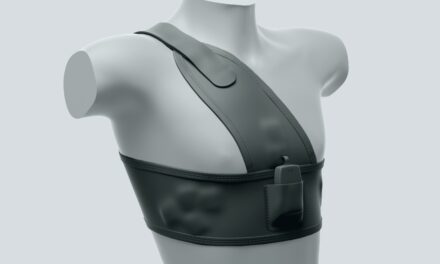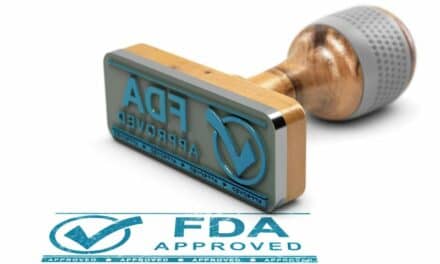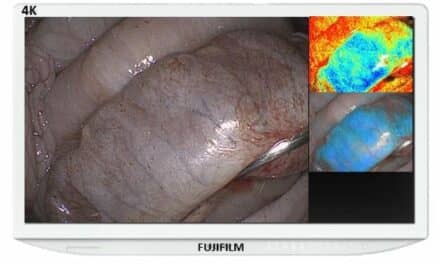QT Medical announced that it has received 510(k) clearance from the FDA for PCA 500 use in acute care.
The PCA 500 was first 510(k) cleared in 2018 for professional and personal use by adults in non-acute care settings, including patient’s homes. In 2022, QT Medical received 510(k) clearance of PCA 500 use in infants, children and adolescents. The new FDA clearance expands PCA 500’s indication for use to all healthcare settings, including: hospitals, intensive care units, emergency rooms and ambulances.
The development of PCA 500 was initially funded by the National Institutes of Health (NIH) for an easy-to-use ECG. With its patented electrodes (QHeart sensor) and compact recorder, PCA 500 offers digital, mobile and cloud-based ECG management solutions.
“We are extremely excited about the potential of PCA 500 in modernizing ECG technology and improving heart health for millions of patients,” said Ruey-Kang Chang, MD, MPH, CEO of QT Medical, Inc. “With the FDA clearance for use in acute care, such as ambulances and emergency rooms, PCA 500 brings significant values to where efficiency and accuracy are needed the most.”
QT Medical plans to promote the use of PCA 500 in prehospital care by paramedics and in emergency rooms. Prehospital ECG by paramedics is known to decrease the “door-to-balloon” time thereby increasing the chance for better patient outcomes. \
In a busy emergency room, it may be challenging to comply with the ACC/AHA guidelines of keeping the “door-to-ECG” time (arrival of a patient with chest pain to when an ECG is recorded) under 10 minutes, according to QT Medical. With its pre-positioned QHeart sensors, placing an ECG sensor can be quick and simple, eliminating the possibility of lead reversal. Automated periodic recording coupled with serial comparison of ECG tracings make it possible to detect subtle clinical changes for early diagnosis and treatment.
QT Medical’s PCA 500 and QHeart sensor are designed to enable quick and accurate ECG acquisition, and immediate transmission to a secure cloud server, which can reduce the ‘door-to-balloon’ time.





